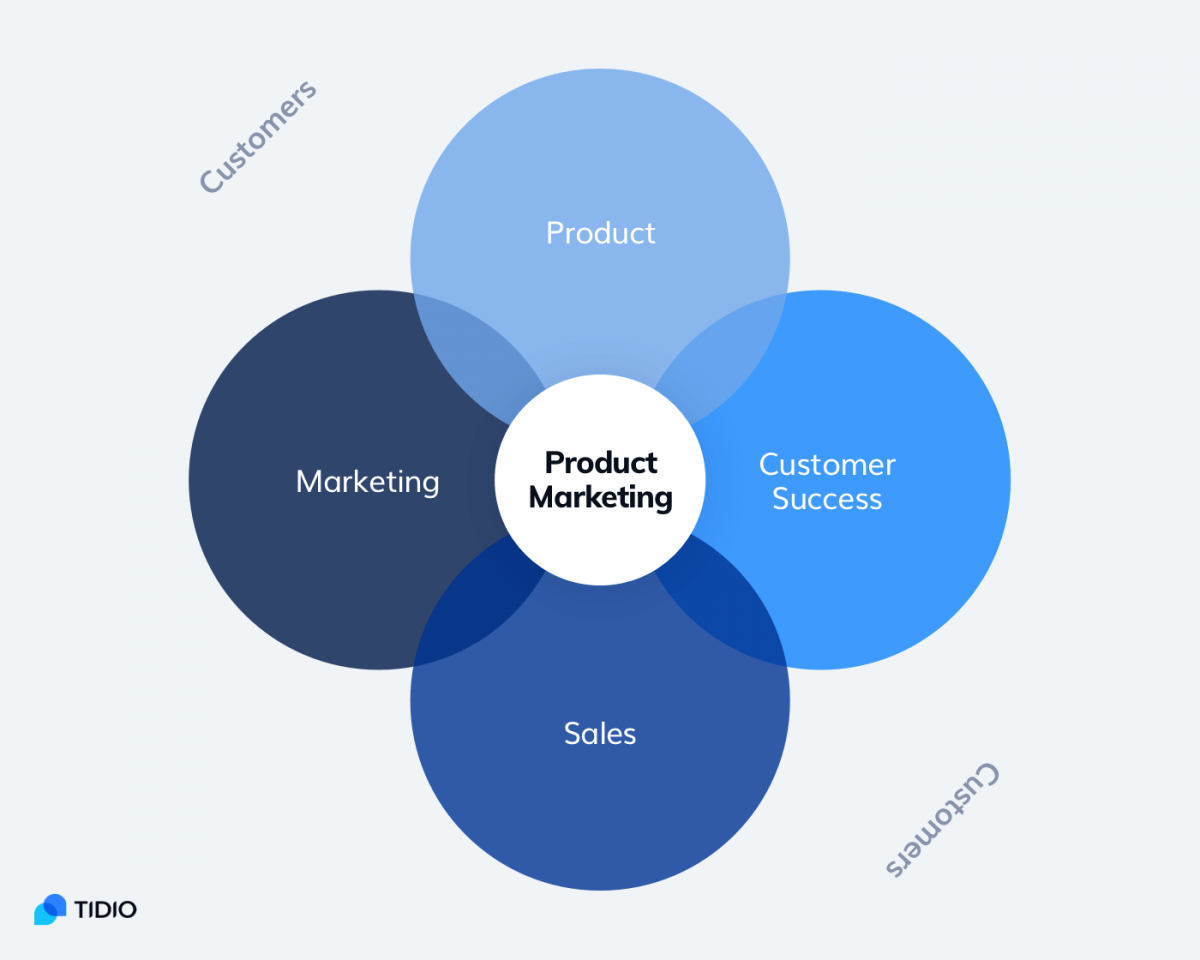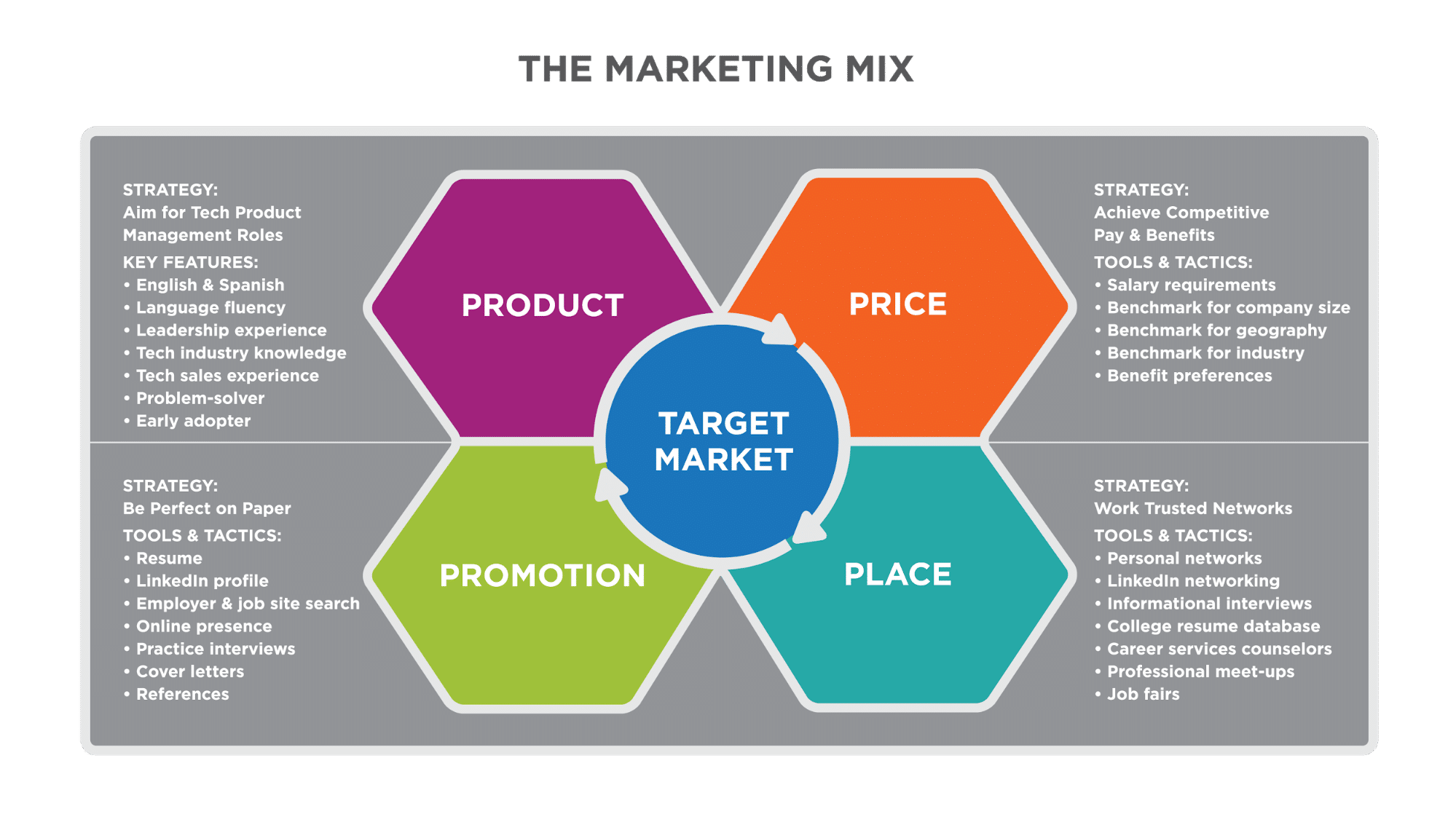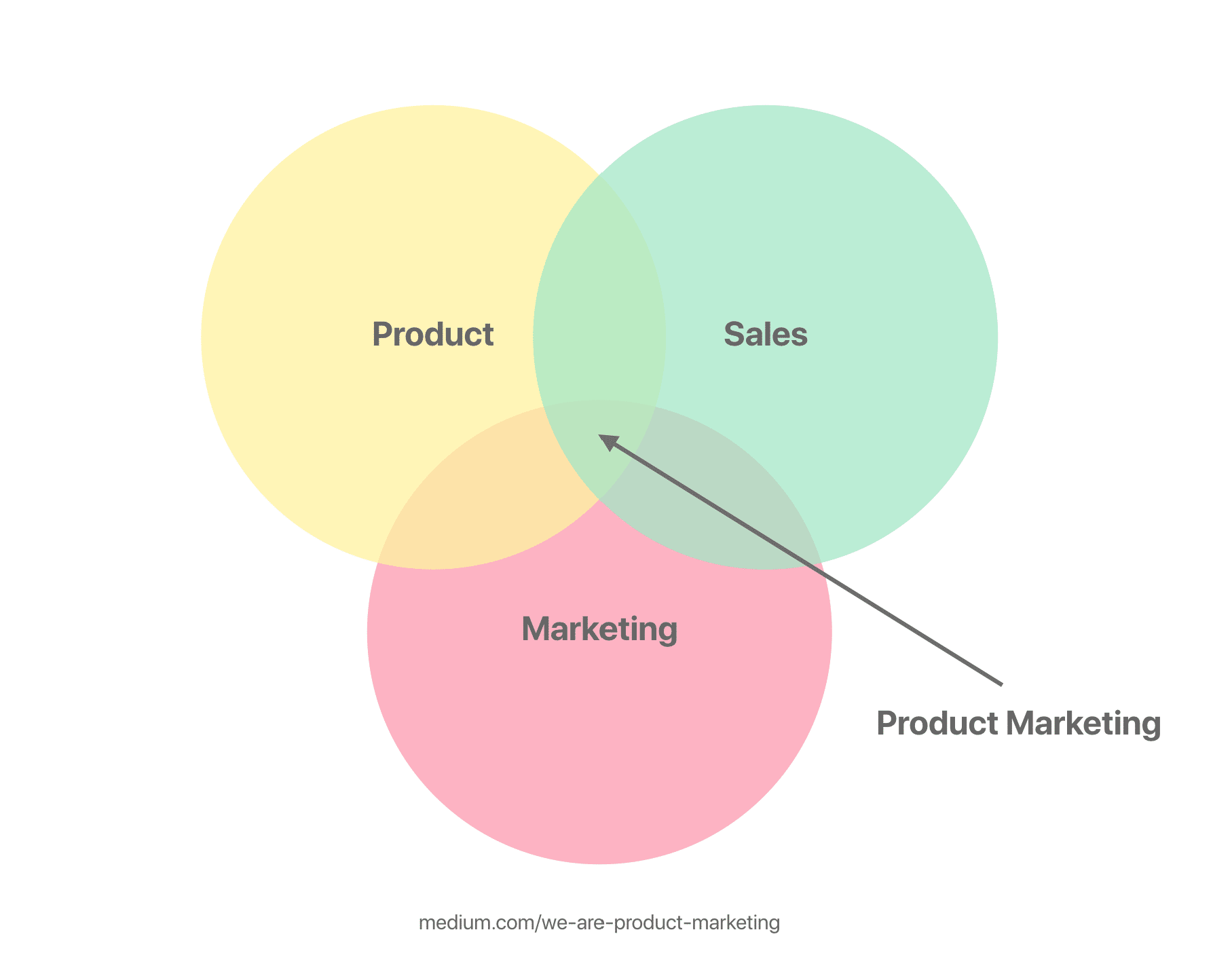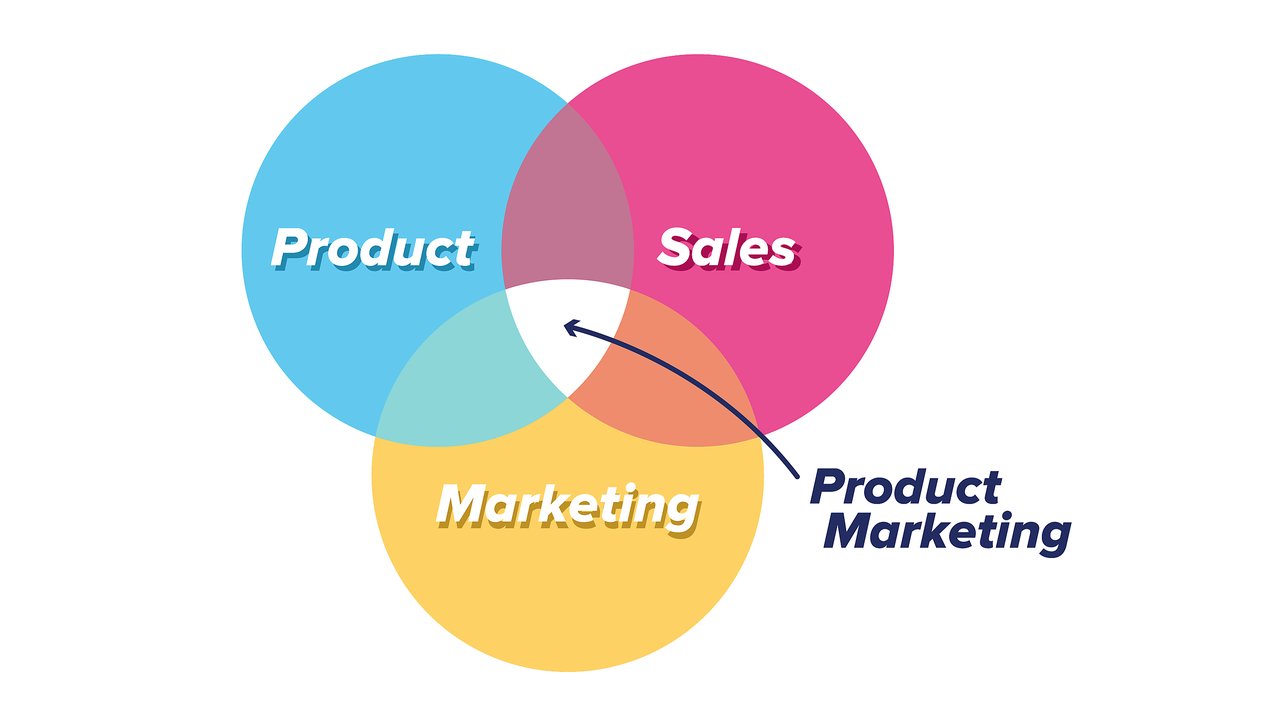Unlocking the Power of "Why": A Guide to Effective Product Marketing & Sales

You’ve poured your heart and soul into crafting a product or service that you believe in. Now, the challenge lies in translating that passion into a compelling message that resonates with your ideal customers. This is where the art of product marketing and sales comes into play. It’s not just about showcasing features; it’s about highlighting the benefits that truly matter to your audience and ultimately, driving them to make a purchase decision.
To effectively communicate the value of your offering, we need to understand your target audience, their needs, and their pain points. Let’s delve into the process of crafting a compelling message that resonates with your ideal customer persona.

1. Define Your Ideal Customer Persona
Before you can effectively market your product or service, you need to know who you’re talking to. Creating a detailed customer persona allows you to understand their:
- Demographics: Age, gender, location, income, education level, etc.
- Psychographics: Values, beliefs, interests, hobbies, lifestyle, etc.
- Pain Points: What problems or challenges do they face? What are their frustrations?
- Motivations: What drives their decision-making? What are their goals?
- Buying Habits: How do they research and purchase products or services?



Example:

Let’s say you’re selling a high-end, energy-efficient home automation system. Your ideal customer persona might be:
- Name: Sarah
- Age: 40
- Location: Urban, tech-savvy city
- Occupation: Marketing Director
- Income: High
- Values: Sustainability, convenience, security, family
- Pain Points: Wasting energy, feeling overwhelmed by managing multiple devices, concern about home security while traveling
- Motivations: Reduce their carbon footprint, simplify their life, protect their family
- Buying Habits: Researches online, reads reviews, prefers personalized service





2. Identify Key Features and Benefits

Once you understand your ideal customer, you can start identifying the key features and benefits of your product or service that directly address their needs and pain points.
Features: These are the tangible aspects of your product or service. Think of them as the "what."
Benefits: These are the intangible advantages that your product or service provides to your customer. Think of them as the "why."

Example:
Feature: Energy-efficient home automation system with smart lighting, thermostat, and security cameras.
Benefit: Reduces energy consumption, lowers utility bills, provides peace of mind with remote security monitoring, simplifies daily routines.
3. Connect Features to Benefits
The key to effective product marketing is to connect the features of your product or service to the benefits that matter most to your ideal customer. Don’t just list features; explain how they solve problems and improve their lives.
Example:
Instead of saying: "Our home automation system has a smart thermostat," say: "Our smart thermostat learns your preferences and adjusts the temperature automatically, saving you money on your energy bills and ensuring you’re always comfortable."
4. Use Storytelling and Emotion
People connect with stories. Use storytelling to illustrate the benefits of your product or service and create an emotional connection with your audience.
Example:
Instead of saying: "Our home automation system is easy to use," say: "Imagine coming home after a long day, and your lights automatically turn on, your music starts playing, and your favorite temperature is already set. That’s the power of our intuitive home automation system."
5. Highlight Unique Selling Propositions (USPs)
What makes your product or service stand out from the competition? Identify your unique selling propositions (USPs) and emphasize them in your marketing materials.
Example:
- Unique Technology: "Our home automation system uses proprietary AI technology that learns your habits and anticipates your needs."
- Exceptional Customer Service: "We offer 24/7 customer support and a dedicated team of experts to guide you through the setup process."
- Sustainable Practices: "Our products are made with recycled materials and are designed to minimize energy consumption."
6. Use Visuals and Demonstrations
Visuals are powerful tools for engaging your audience. Use high-quality images, videos, and demonstrations to showcase the features and benefits of your product or service.
Example:
- Product Images: Use professional photography to highlight the design and functionality of your product.
- Video Demonstrations: Create short, engaging videos that show how your product works and its benefits in action.
- Interactive Tours: Use virtual reality or 3D models to give potential customers a realistic experience of using your product.
7. Craft Compelling Headlines and Taglines
Your headlines and taglines should be concise, attention-grabbing, and communicate the core value proposition of your product or service.
Example:
- Headline: "Simplify Your Life with Smart Home Automation"
- Tagline: "The Future of Home is Here."
8. Use Social Proof and Testimonials
Social proof, such as customer reviews, testimonials, and case studies, can build trust and credibility with potential customers.
Example:
- Customer Reviews: "Our customers love the convenience and peace of mind that our home automation system provides."
- Testimonials: "Since installing this system, I’ve saved hundreds of dollars on my energy bills and feel much safer at home."
- Case Studies: "This company helped us create a truly smart home that seamlessly integrates with our lifestyle."
9. Offer Incentives and Special Promotions
Incentives, such as discounts, free trials, or bundled packages, can encourage potential customers to take action.
Example:
- Free Trial: "Try our home automation system for free for 30 days."
- Discount: "Get 10% off your first purchase when you use code WELCOME."
- Bundled Package: "Save money with our exclusive bundle that includes a smart thermostat, security cameras, and smart lighting."
10. Track and Analyze Your Results
It’s essential to track the performance of your marketing efforts and analyze the results. This will help you identify what’s working and what’s not, and make adjustments to your strategy as needed.
Example:
- Website Analytics: Track website traffic, bounce rates, and conversion rates.
- Social Media Analytics: Monitor engagement, reach, and click-through rates.
- Email Marketing Analytics: Measure open rates, click-through rates, and conversions.
The Power of "Why"
Remember, the key to effective product marketing and sales is to focus on the "why." Why should your ideal customer choose your product or service? What problems does it solve? How does it improve their lives?
By understanding your target audience, highlighting the benefits of your offering, and using compelling storytelling and visuals, you can create a marketing message that resonates with your ideal customers and drives them to make a purchase decision.

